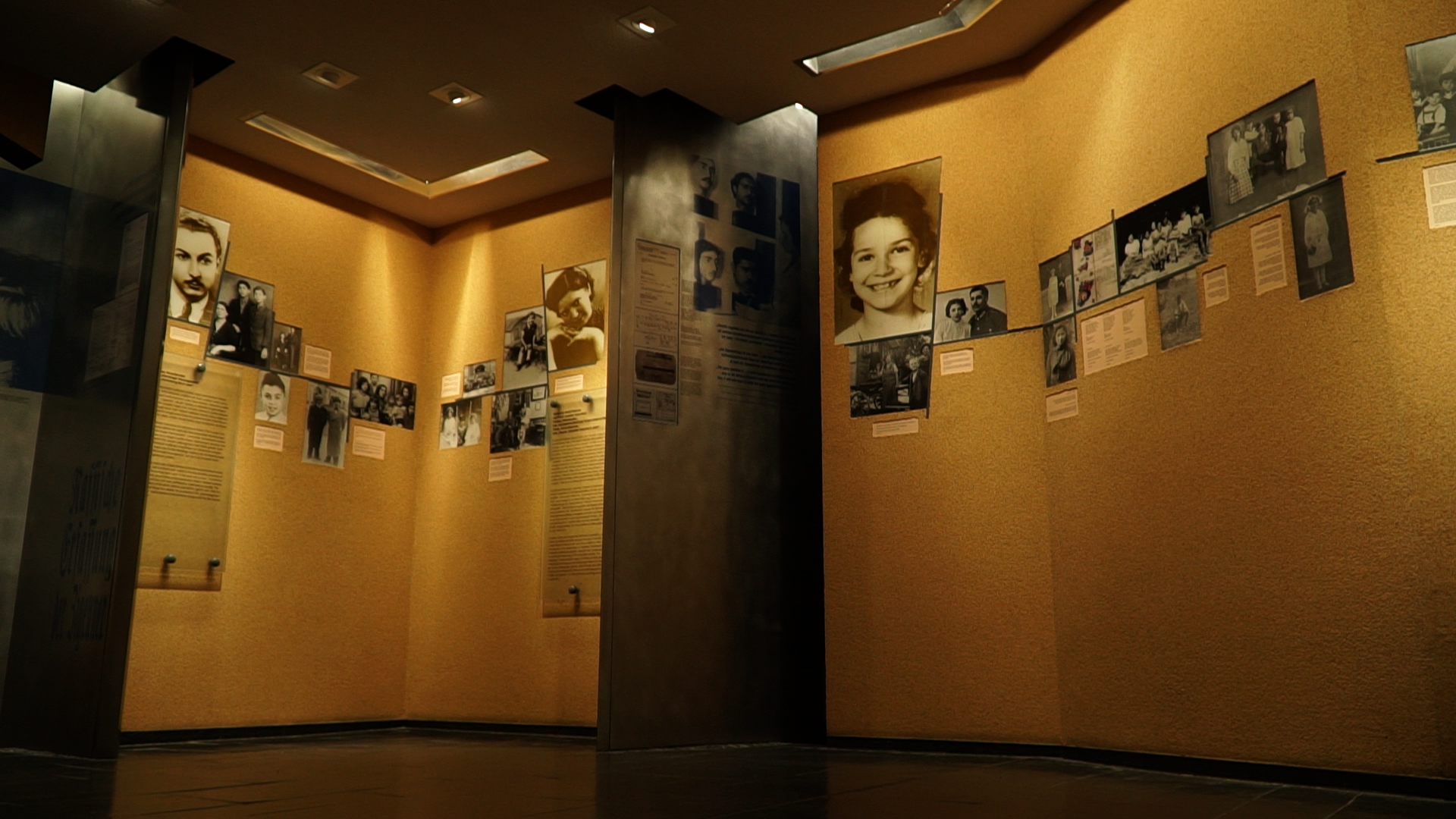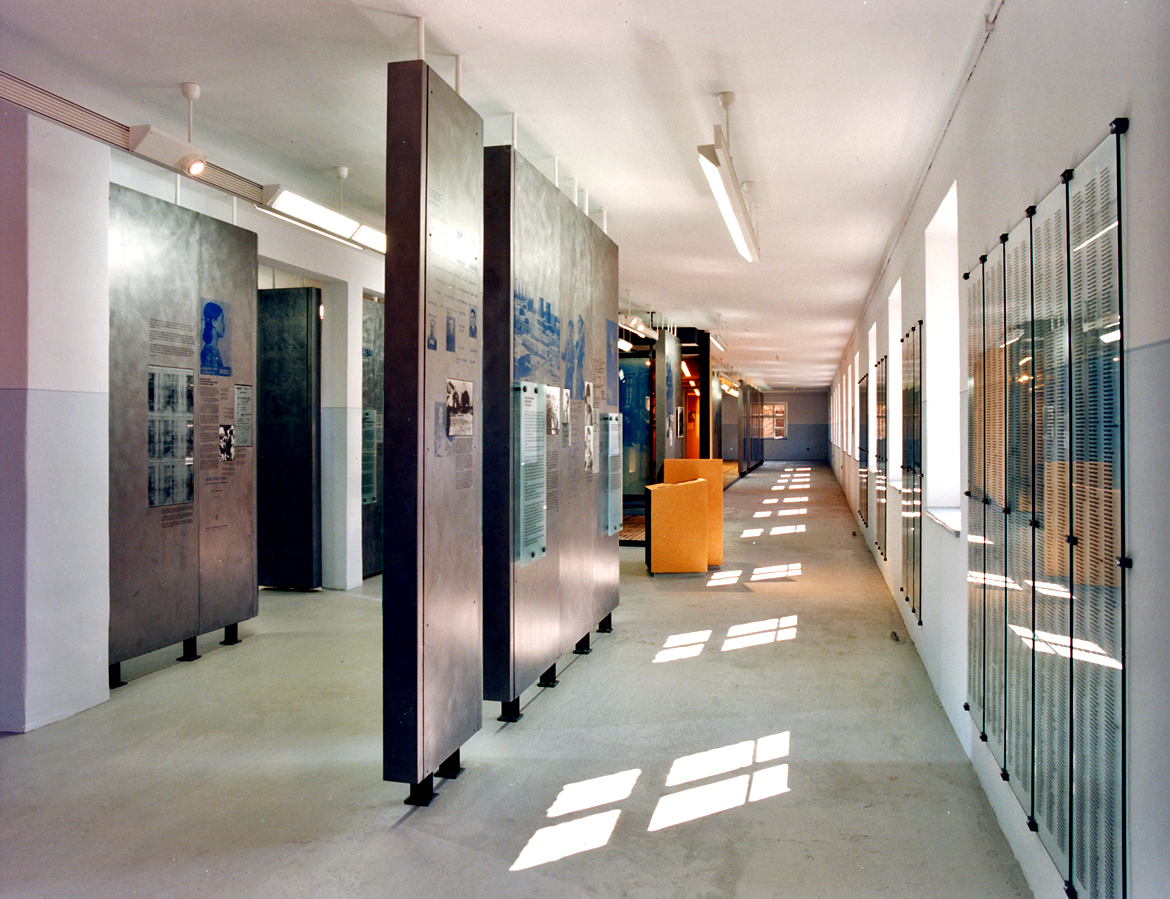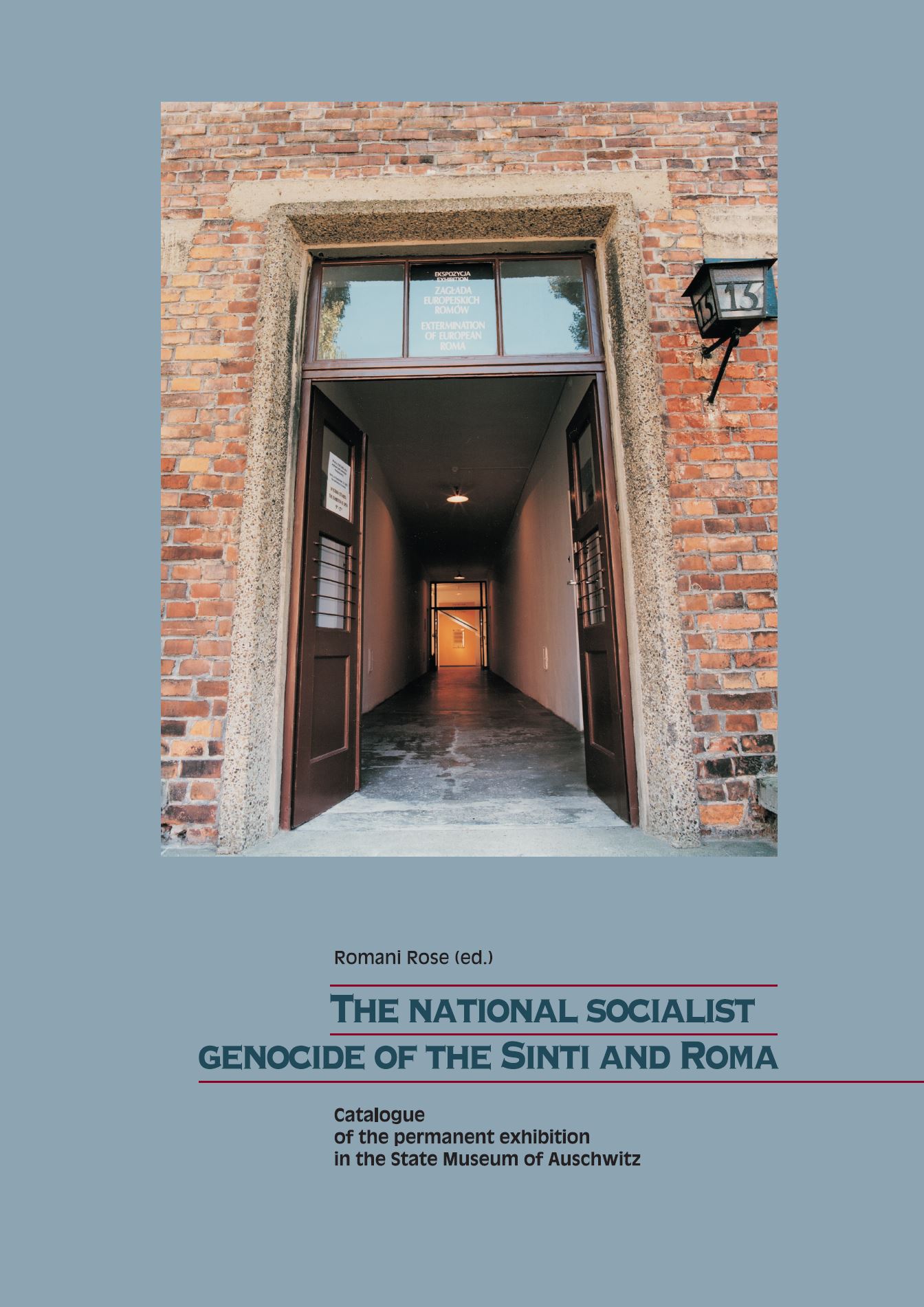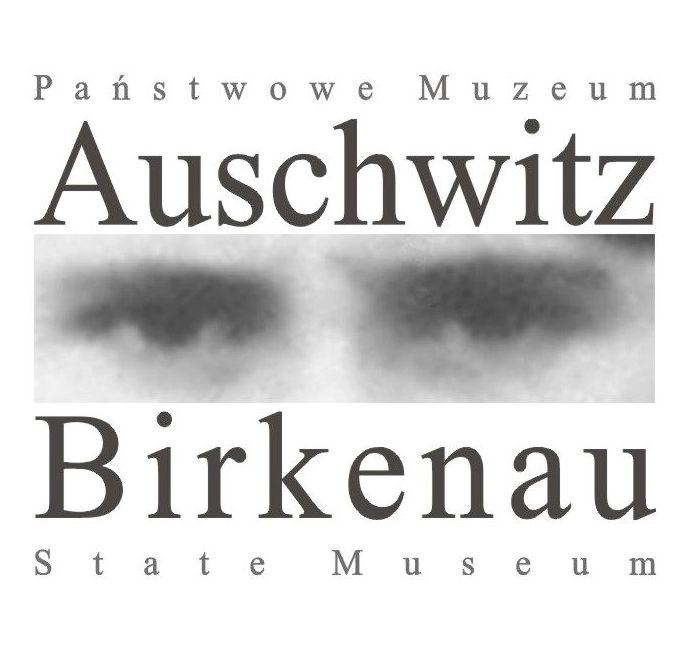Virtual Tour through the Block 13 Exhibition
The permanent exhibition on the genocide of Sinti and Roma at the Auschwitz-Museum, 5 min
The video takes the viewer on a short virtual guiding tour through the permanent exhibition on the genocide of Sinti and Roma in Nazi occupied Europe, which is based in Block 13 at the Auschwitz-Birkenau State Museum. The exhibition contrasts two elements. It shows the history of the persecution and extermination of the Sinti and Roma by the Nazis. On the basis of private documents and family photos, it also shows the normality of Sinti and Roma living together with their neighbours in various European states. In Auschwitz-Birkenau, the last 4,300 Sinti and Roma were murdered on 2 August 1944 in spite of their fierce resistance. Today we commemorate the 2 August as the European Holocaust Memorial Day for Sinti and Roma in memory of the 500,000 Sinti and Roma murdered in Nazi-occupied Europe during the Holocaust.
Duration: 5 minutes
Narration
This permanent exhibition in Block 13 of the Auschwitz-Birkenau State Museum is dedicated to the Holocaust of Sinti and Roma in Nazi-occupied Europe. The exhibition contrasts two elements. It shows the history of the persecution and extermination of the Sinti and Roma by the Nazis. On the basis of private documents and family photos, it also shows the normality of Sinti and Roma living together with their neighbours in various European states.
Sinti and Roma were subject to the same discriminatory regulations as the Jewish population. The notorious Nuremberg racial laws were applied to Sinti and Roma also. Gradually they were excluded from all areas of public life. They were no longer allowed to be members of trade- and professional associations. Their children could no longer attend public schools. Finally they were also excluded from military service in the Wehrmacht.
As German rule expanded during the Second World War the situation for Sinti and Roma worsened. Persecution measures aimed at the extermination of all Sinti and Roma as well as Jews came into effect in the occupied territories as well as in states allied with the Nazi regime.
At the same time, the Nazi leadership began preparing the deportation of all Sinti and Roma from the German Reich. In October 1939 Heinrich Himmler issued a new decree: Sinti and Roma were no longer allowed to leave their places of residence. Those who violated this rule ran the risk of being deported to a concentration camp. In April 1940, 2,500 Sinti and Roma from the German Reich were deported to ghettos and concentration camps in the occupied “Generalgouvernement Polen”. Poland became one of the central places of German extermination policy. Especially from 1942 onwards, both the German Sinti deported to occupied Poland and the Polish Roma fell victim to SS murder squads or were murdered in the Aktion Reinhardt extermination camps. Today about 180 places of mass executions of Sinti and Roma in Poland are known. The actual number is without doubt much higher.
The Holocaust against the Sinti and Roma was planned and organised by the Nazi leadership in Berlin. Its aim was the systematic murder of all Sinti and Roma throughout Nazi-occupied Europe. In Eastern Europe hundreds of thousands were killed by mass shootings. Even today, many places of mass executions still wait to be identified.
Starting in February 1943, 23,000 Sinti and Roma from eleven European states were deported to the Auschwitz-Birkenau extermination camp. In Camp section B II e a separate camp for Sinti and Roma was set up. On the orders of Heinrich Himmler, whole families were deported by the Gestapo and the SS. Crammed into freight cars, many died during the journey to Auschwitz that often took several days. Those that survived this ordeal were registered by the SS. They were tattooed with a “Z” with a number on their arm, small children on their thigh. A large number of the prisoners fell victim to the gruesome conditions in the camp and constant acts of violence by SS men.
On 16 May 1944, the SS had to abandon a first attempt to murder all Sinti and Roma still living in Auschwitz-Birkenau. The prisoners had armed themselves with stones and tools and barricaded themselves in the barracks. The resistance was organized by former members of the Wehrmacht who had been deported to Auschwitz because of their Roma Heritage. In order to prevent similar acts of resistance, about 3,000 Sinti and Roma from Auschwitz were taken to other concentration camps in the following months.
In Auschwitz-Birkenau, about 4,300 Sinti and Roma were left behind, mainly old people and children. Despite their desperate resistance they were all murdered on the night of 2 August 1944. Today we commemorate the 2 August as the European Holocaust Memorial Day for Sinti and Roma.
Production and Copyright: The video was realized by the Documentation and Cultural Centre of German Sinti and Roma in cooperation with the Association of Roma in Poland, and thanks to the support of the Auschwitz-Birkenau State Museum.
Video 1: Block 13 Exhibition on the genocide of Sinti and Roma at Auschwitz-Museum
This video presents the context of the permanent exhibition on the genocide of Sinti and Roma in Nazi occupied Europe, which is based in Block 13 at the Auschwitz-Birkenau State Museum. The video shows how the exhibition highlights – through a unique collection of family photos and documents – a normality of every-day life between neighbours in various European states. The exhibition illustrates how this normality was gradually destroyed by the Nazi regime. On the basis of racial ideology, Sinti and Roma, just like the Jews, were gradually disenfranchised, deprived of their livelihoods and finally deported to the extermination camps. 500,000 Sinti and Roma were murdered in Nazi occupied Europe.
Video 2: Virtual Tour through the Block 13 exhibition on the genocide of Sinti and Roma at Auschwitz-Museum
The video takes the viewer on a short virtual guiding tour through the permanent exhibition on the genocide of Sinti and Roma in Nazi occupied Europe, which is based in Block 13 at the Auschwitz-Birkenau State Museum. The exhibition contrasts two elements. It shows the history of the persecution and extermination of the Sinti and Roma by the Nazis. On the basis of private documents and family photos, it also shows the normality of Sinti and Roma living together with their neighbours in various European states. In Auschwitz-Birkenau, the last 4,300 Sinti and Roma were murdered on 2 August 1944 in spite of their fierce resistance. Today we commemorate the 2 August as the European Holocaust Memorial Day for Sinti and Roma in memory of the 500,000 Sinti and Roma murdered in Nazi-occupied Europe during the Holocaust.
Duration: 5 minutes
Languages: English, German, Polish
Block 13 – The permanent exhibition about the Holocaust of Sinti and Roma

Audiovisual presentation of Block 13
The permanent exhibition on the genocide of Sinti and Roma at the Auschwitz-Museum; 3 min video

Virtual Tour through the Block 13 Exhibition
The permanent exhibition on the genocide of Sinti and Roma at the Auschwitz-Museum; 5 min video

Block 13
The permanent exhibition at Auschwitz-Birkenau State Museum

Exhibition Catalogue: Block 13 – Holocaust of Sinti and Roma
Catalogue of the permanent exhibition in the State Museum of Auschwitz










